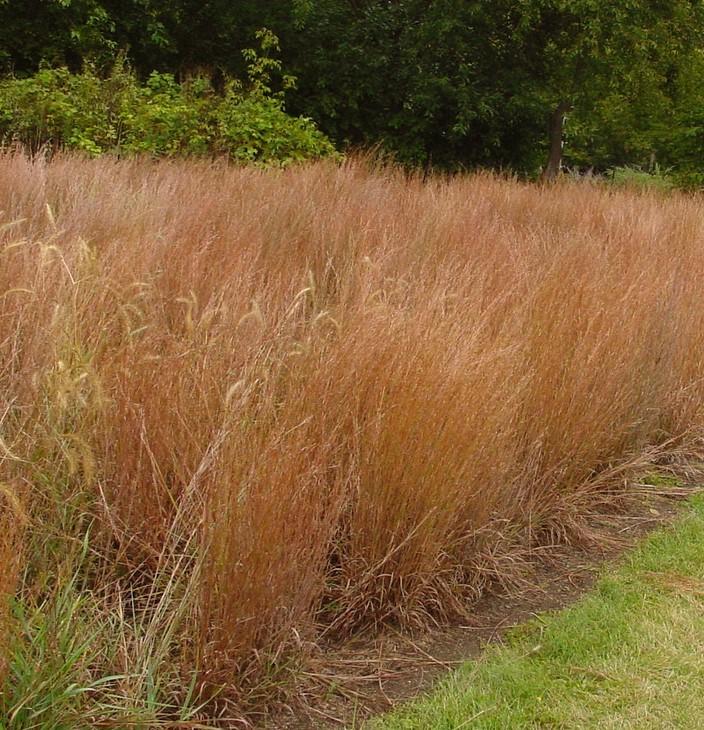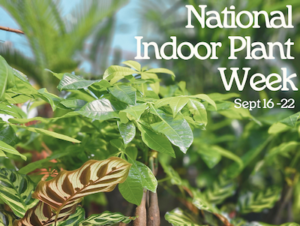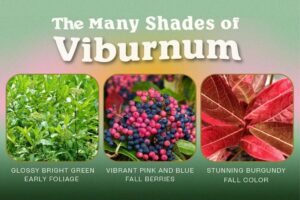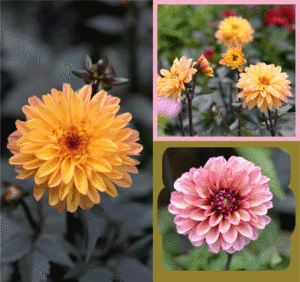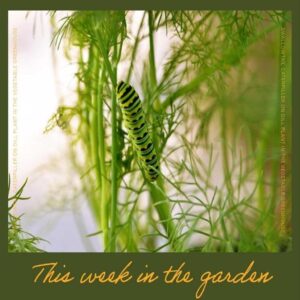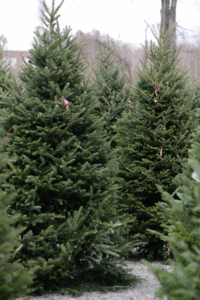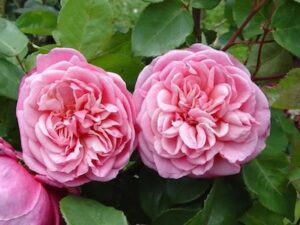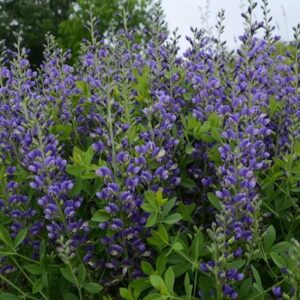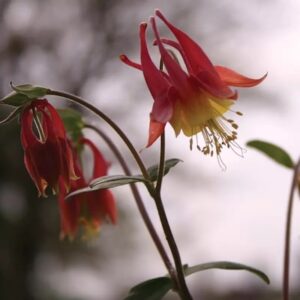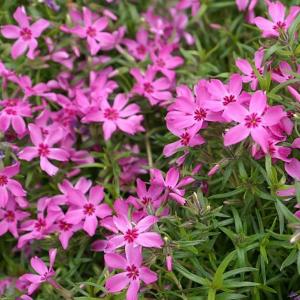Low Maintenance, High Impact: Our Top Plant Picks
What “Low Maintenance” Really Means
Let’s be honest: no garden is completely work-free. But low-maintenance plants come pretty close! These are the reliable performers that ask for very little once they’re settled in. We’re talking about tough, resilient plants that can handle some drought, don’t need constant feeding or pruning, and rarely get bothered by pests.
The secret? Choosing the right plant for the right spot. Even the toughest plants need proper conditions to truly thrive with minimal fuss.
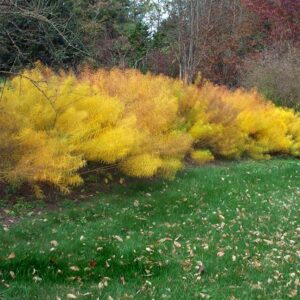
Five Principles for Success
- Right Plant, Right Place
Even the hardiest plant will struggle if it’s fighting against its conditions. Match each plant’s needs for sun, shade, soil type, and moisture to your actual site. This one step reduces maintenance more than anything else.
- Start with Strong Roots
Healthy roots equal healthy, resilient plants. A little preparation can go a long way! When planting, prepare a planting area that’s roomy enough to prevent roots circling or binding. Use a soil amendment such as Planting Mix or Soil Conditioner, and make sure to water generously to ensure good root establishement.
- Plant in Groups
Grouping plants together in drifts (rather than dotting them around individually) helps suppress weeds, reduces maintenance, and creates a stronger visual impact. It also benefits wildlife by providing concentrated resources.
- Let Nature Do Its Thing
Many of these plants look beautiful standing through winter, and they provide valuable habitat and food for wildlife. Consider leaving them up until spring cleanup rather than cutting everything down in fall.
- Edit Lightly
Low maintenance isn’t zero maintenance. Plan on light seasonal care: thinning overcrowded plants, removing any volunteers that pop up where you don’t want them, and doing your spring cutback. But that’s about it!
Build Your Dream Low-Maintenance Garden
Creating a garden that looks gorgeous without constant work isn’t about luck—it’s about choosing proven performers and giving them the conditions they need. With plants like these, you’ll spend less time fussing and more time enjoying the beauty, seasonal interest, and wildlife activity they bring to your landscape.
